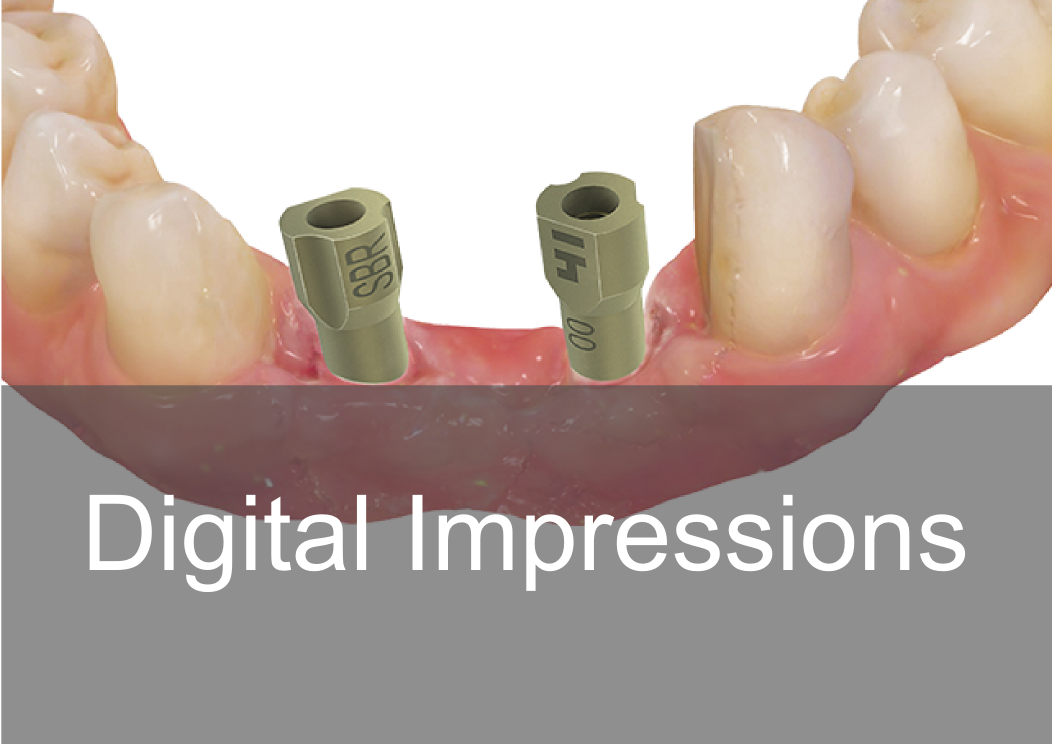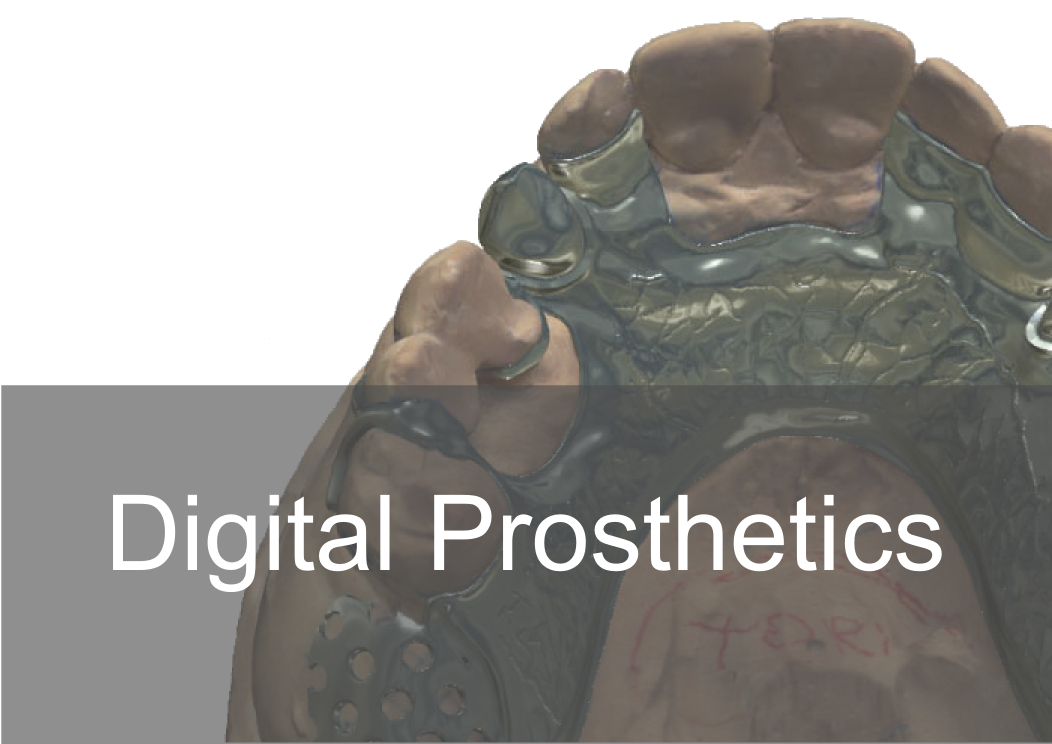 Triple trays was invented and patented by Dr. S Werrin in the 1980’s with the mantra of “Do it better, easier and faster!” Triple trays are referred to as ‘Dual Arch Trays’ and enables the dentist to capture the prepared restorative areas, the opposing arch and occlusal registration in one procedure. This saves chair time and impression material. In theory this works, but why is it over 70% remakes in crown & bridge occur from the use of triple trays? Here is some research into this.
0 Comments
 Impressions are key information between Dentist and Dental Labs across the world to transfer reproducible information of the patients mouth since the mid 1800’s. In my time I have found the clinical and technical work is usually of a high standard but why do we have remakes? It’s usually the impression itself. As a commercial dental laboratory we see 1000’s of impressions weekly. We can only see the physical factors of the impression not the representation of the true I/O information as we do not have access to the I/O of the patient so we cannot judge if the impression is true or false.  “Dental practices will face steep financial penalties if they are unable to hit 45% of their pre-pandemic UDA targets. Those that fall just below 36% of the activity target are expected to face a 'cliff edge', where they would have to return a significant majority of their NHS funding for the period from 1 January to 1 April 2021 and face potential breach of contract” https://bda.org/news-centre/blog/Pages/new-uda-targets-what-you-need-to-know.aspx I was asked many years ago how to build up ‘UDA toppers quick’ my answer is “ Mouth guards/ night guards” If it’s justifiable… it’s quick, requires one impression, no AGP and the cost is in line with band 3 treatments. Although be selective and careful.. not that many edentulous patients need this! All of our mouth guards / night guards are made from Ethylene vinyl acetate (EVA) based material. All of our 'Pressure Formed Appliances' are formed under 4.6 psi bars of pressure to make sure every appliance is fitting accurately with precise gingival, fissure and tooth adaptation that is retentive and functional. This year we done over 5,000 mouth / night guards cases ( last year was double the amount of cases) with a fraction of 0.5% in remakes according to my lab report for 2020. CLICK HERE: www.bremadent.co.uk/night--mouth-guards  Intra oral scanners are powerful tools in Dentistry for diagnoses, planning, patient record keeping, demonstrating and educating patients with precise zoomed visualizations of their own teeth in a virtual environment with predicted outcomes. They also provide quick, accurate digital impressions for restorations that eliminates many variables that occur in traditional dentistry with impressions . The one thing that amazes me is that no one speaks about the limitations! It’s the simple things! In the days of analogue Dentistry, something is wrong! the issue is resolved between Dentist and the Dental Lab. In the digital age, something goes wrong! The issue is taken up with the company who sold the scanner, I/O scanner company support team, their software/ engineer team, internal IT department, system administrators, email provider, internet provider and that is before the issue is raised to the laboratory who go through the same checks! This is all done without one word about actual Dentistry of the case. A costly lesson! Buy a scanner! It’ll save you time and money! Yes this is true! Did you know certain types of restorations require 3D printed models which can vary in cost from £30 per arch. For example a simple mouth guard that usually costs £25 is now turned into £55 as the laboratory requires a 3D printed to pressure form the mouth guard which cannot be done without a physical model. Casting a traditional model can range between 1 hour to 24 hours, whereas 3D printed models can take between 8 hours to 2 – 3 working days if outsourced and the cost of the resin material is higher than the cost of casting a traditional model. What can be manufactured with out 3D printed models? For example, full contour zirconia restorations, some e.max inlays/onlays, temporary acrylic crowns can be milled without the requirements of 3D printed models. How is that possible? They are manufactured in a computerised environment without human physically touching the restoration and only the I/O scan and design parameters of the restoration are controlled by humans. After being digitally designed, they are milled CAD/CAM out of a block and sintered in furnaces at a controlled temperature. After sintering they’re stained and glazed with minimal hands on human touch interference. What about other products that need 3D printed models? Basically, anything that requires physical models for hands on manufacturing e.g Layered to zirconia crowns require a technician to physically hand layer ceramic onto the substructure that require a physical model to work within the parameters (margins, contacts, occlusion, profile). The best thing to do is ask the lab if a 3D printed models is required! What other things can go wrong!
What are your goals for your investment? Many clients use the I/O scanners for many different uses including orthodontic, restorative and preventative dentistry which all provide a ROI. I personally believe they are accurate, productive, eliminates variables and has many benefits including logistics but it has it’s limitations. Although this blog is not comprehensive enough to provide an informed decision on an I/O scanner investment, It will provide some form of a foundation to start from, as we are a dental laboratory who deal with this daily with 1000’s of cases monthly. Click below to view our digital services: |
Private Dental Laboratory in London
 Kash Qureshi - Managing Director, Clinical Dental Technician Kash Qureshi - Managing Director, Clinical Dental Technician
About the author:
Kash Qureshi is a Clinical Dental Technician (Denturist) in the U.K who oversees and quality controls over 3000+ fixed and removable prosthesis including implant cases from a clinical and technical aspect monthly at Bremadent Dental Laboratory & Swissedent Denture Clinic in London. www.swissedent.co.uk www.bremadent.co.uk [email protected] Categories
All
Archives
May 2024
|












 RSS Feed
RSS Feed